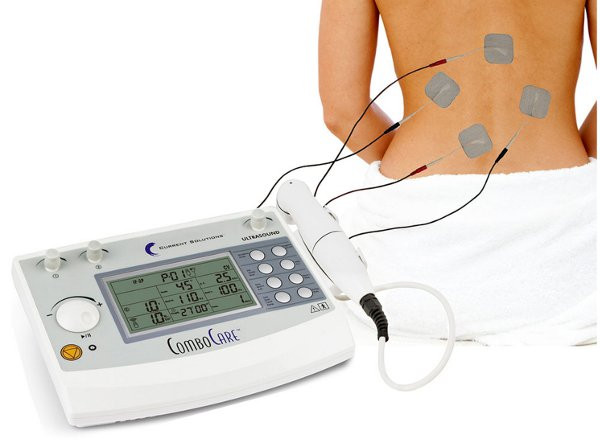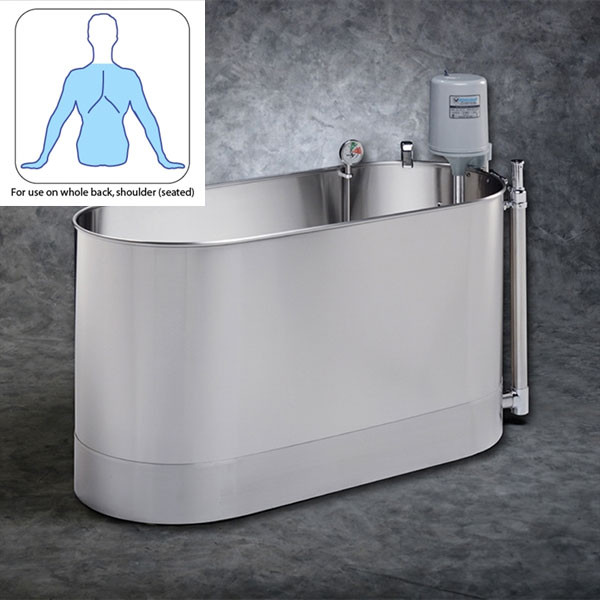 7th Jun 2016
7th Jun 2016
From Hip Strain to Hip Replacement: How to Treat Hip Pain
There are over 300,000 hip replacements done in the United States each year which makes treatment of hip pain one of the most common needs physical therapists see walk through the door. The hip flexors are necessary for everyday activities from walking to getting in and out of a car. Because the hips are used in so many necessary actions, they’re at a high risk for pain or injury. Hip strain, tears, bursitis and arthritis are just some of the common causes of hip pain. Whether a patient is an athlete or a person with typical activities, it’s important to treat hip pain effectively in order to avoid deterioration of the hip joint which leads to more pain and the need for surgical intervention.
Common Strategies for Treating Hip Pain
- Ice and Cold Compression Therapy: Particularly when an injury (such as a hip pointer injury while playing football) is involved, ice is the recommended course of action when treating acute hip pain. A hip pointer injury is a common hip injury in contact sports and happens when the top of the pelvis suffers a direct blow causing a contusion. With this kind of injury, it’s important to use ice for the first 24-72 hours of injury. Further, the use of a hip/groin wrap with a cold-compression system will be effective in not only lowering pain, but flushing out any swelling the injury may have caused.

- Ultrasound/E-Stim Combination Units: When a patient has bursitis, it’s important to have modalities that address the pain immediately. Hip bursitis is inflammation of the fluid-filled sac around the hip joint. It’s important to strengthen the hip flexor muscles as part of rehabilitation, but in order to do so, pain must be alleviated. Using Ultrasound in combination with electrical stimulation can effectively lower pain, reduce swelling and any muscular spasms allowing patients to then perform the necessary therapeutic exercises to strengthen the hip muscles.

- Kinesio Tape: When a patient suffers from arthritis in the hip, pain is experienced, but it is usually accompanied by instability and weakness. The use of Kinesio tape in physical therapy rehabilitation of the hip can help provide biofeedback to improve muscular activation and decrease in pain while providing support for the hip joint and protection from injury.
- Underwater Treadmill: Whether a patient is recovering from an athletic injury or trying to rehab their hip after hip replacement, strengthening the muscles surrounding the hip joint is an important part of their recovery. An underwater treadmill allows them to work on the principles of gait training, increasing range of motion, proper biomechanics, stamina, flexibility and strength without the stress of being full weight-bearing.
- Whirlpool Therapy: Whirlpool therapy is another modality that works on athletic hip injuries to chronic pain associated with arthritis or hip deterioration. A study published in the Journal of Physical Therapy Science found that whirlpool therapy was effective in lowering pain and stiffness. Additionally, the study found that patients range of motion increased leading to the conclusion that whirlpool therapy is an effective modality to use before strengthening exercises.

Example of Large Therapeutic Whirlpool used for Treating Hip Pain
As with most things, the key to avoiding the need for hip replacement is prevention. Treating hip pain as it arises, maintaining healthy weight and activity level are keys to keeping hips healthy. For more information about what physical therapy modalitites are available visit ProHealthcareProducts.com.
Related Articles for Treating Hip Pain:





